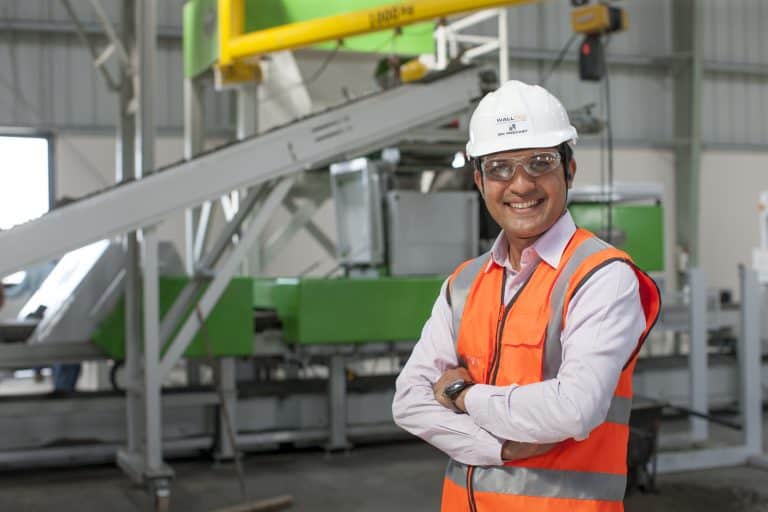Acotec wall technology was developed in Finland. The first deliveries took place in the late 1980s. Today, the only original Acotec line is available from Elematic. The Acotec line, based on a stationary extruder, offers a compact and highly automated way to manufacture light, non-load bearing partition walls. The line is simple to install, run, and maintain, and is constructed of standard components utilizing the latest technology. The production process with Acotec is completely automated, engaging fewer than five people.
Automated production process
Acotec walls are suitable for use in several environments. They are mostly used as internal partition walls in residential, commercial, institutional, and industrial buildings. BN Precast’s walls are currently being installed in all of these building types as well as sheds. Acotec walls are also a good choice as a boundary or compound walls or for use as an anti-noise screen.
The benefits of Acotec are unquestionable. The production process, with a very low energy consumption of 55 kWh/hour, is completely automated, engaging fewer than five people. “We appreciate the small amount of production space and low manpower required to operate the Acotec line. The machinery takes up only 900 m2 of factory space,” says Nishant Patel, Director, BN Precast. The line is also suitable for installation into existing production facilities

Complete precast lines for manufacturing concrete wall panels have a typical payback time of 1.5–2 years. Opting for an Acotec line can result in substantial savings in construction costs compared to traditional on-site methods.
Environmental conditions may be challenging for the construction industry due to factors such as seismic activity or rainy seasons. Precast elements are manufactured in a factory environment and the negative effects of weather conditions can be eliminated. The walls are proven to work in countries with the strictest standards and requirements for seismicity, moisture, and fire resistance.
Wall panels with fast installation
Construction with light, non-load bearing partition walls can be up to six times faster than traditional brickwork and twice as fast as blockwork. “The walls enable extremely fast installation of up to 40 square feet per hour. In comparison, traditional brickwork proceeds at a pace of 10 square feet per hour before plastering is done. Our walls can be installed by teams of five workers,” explains Mr. Patel.
In larger construction projects with tower cranes, the walls are easy to lift to each floor. “When a tower crane is not available, a mechanical pulley system can lift two to three panels at a time,” explains Parth Patel, Senior Engineer, BN Precast. After reaching the desired floor, the wall panels can easily be tilted into place manually or by a special hydraulic installation machine provided by Elematic.

The hollow-core slabs have passages for water pipes and electrical wiring, heating, ventilation, and air conditioning, as well as hydraulic installations – there is no need to make holes or chases. If any modification is needed, the wall panels can easily be cut or drilled.
The light, non-load bearing partition Acotec walls offer immaculate quality without plastering. The walls have a finish with an option of either a fine or coarse surface. Unlike with brick or block walls consisting of red bricks, fly ash bricks, or AAC blocks, plastering is not required. The quality is consistent due to factory production and strict quality control before, during and after production. The walls, with a thickness of 68–140 mm, are strong and durable. The desired strength can be chosen by specifying the concrete mix.



